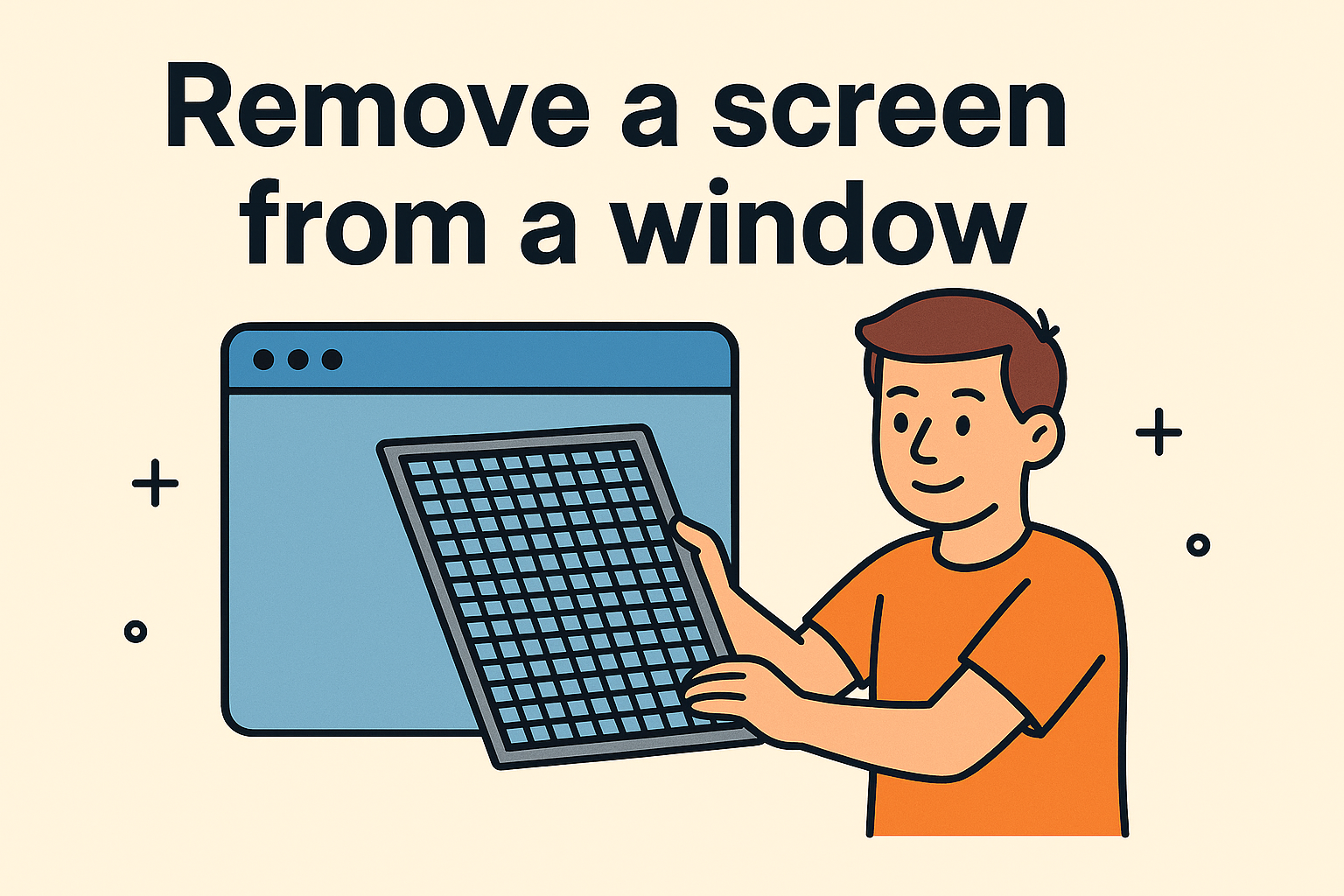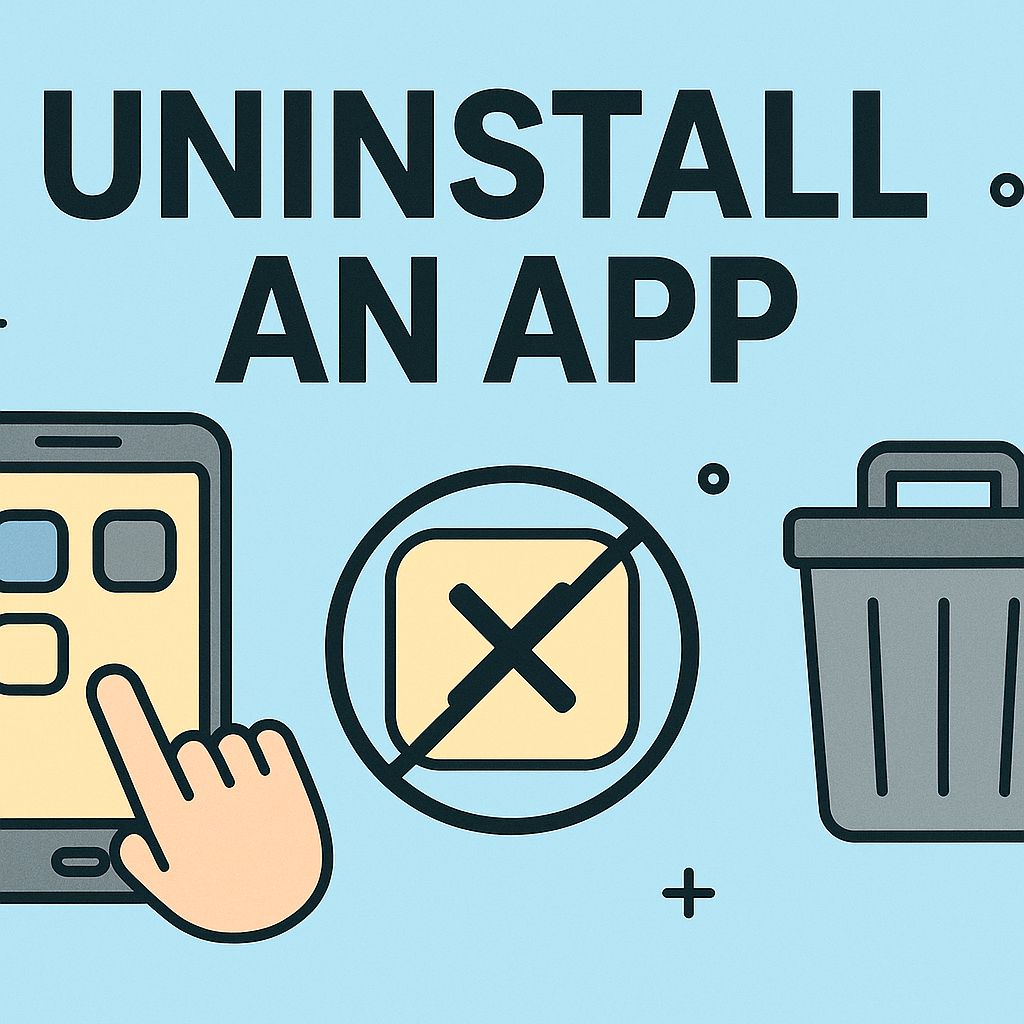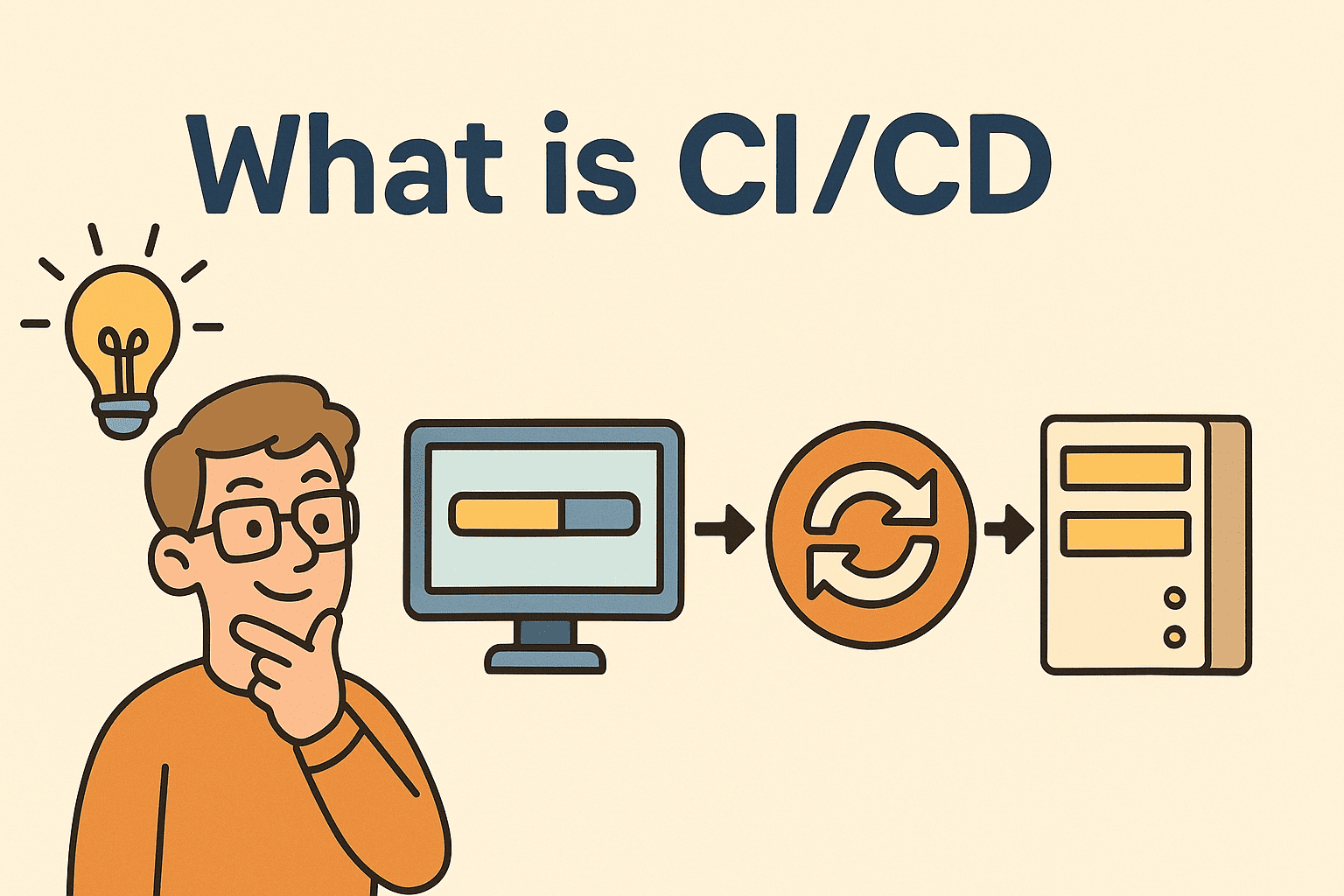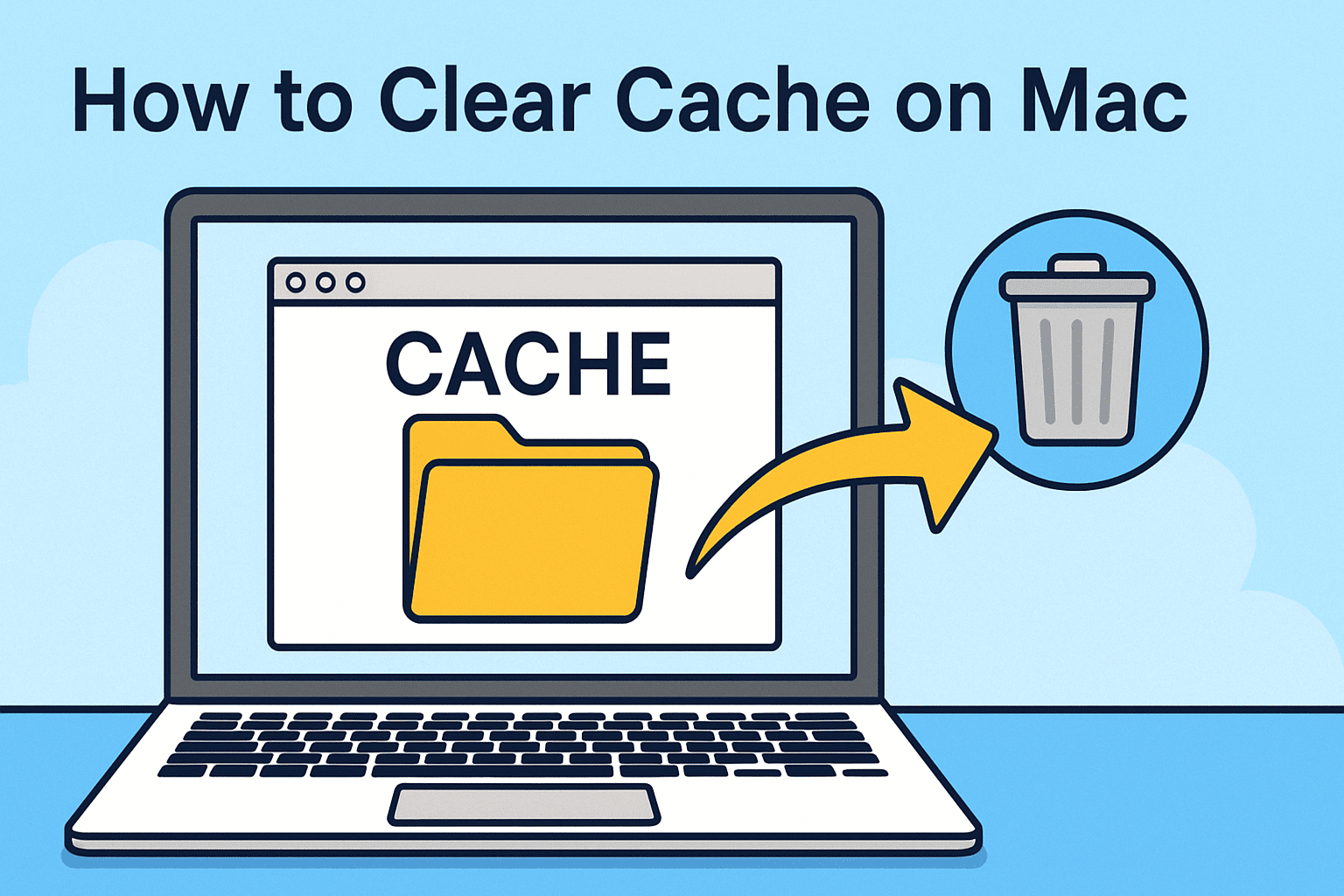Effortless Bookmark Management: How Do You Export Bookmarks in Chrome
Updated on October 8, 2025, by ITarian
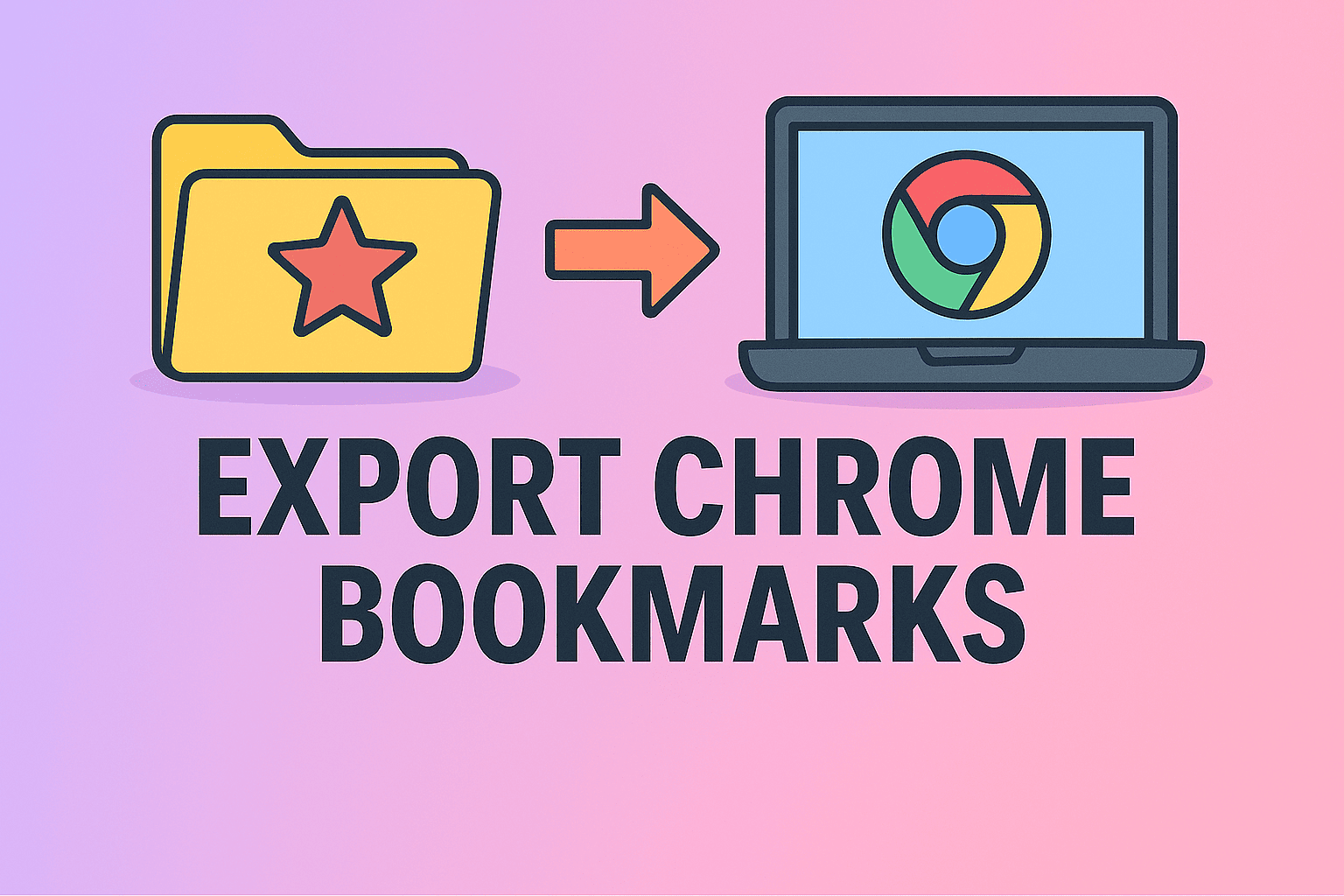
Have you ever switched to a new computer or browser and realized all your saved bookmarks were gone? It’s frustrating, right? Your bookmarks represent valuable time and effort — everything from work research and cybersecurity tools to client portals and important online resources. Knowing how do you export bookmarks in Chrome ensures you never lose them again.
Whether you’re an IT manager organizing links for system management, a cybersecurity expert tracking resources, or a business leader transferring data between devices, this process keeps your digital workflow seamless and secure.
In this post, you’ll learn exactly how to export bookmarks in Chrome, restore them later, and even sync them across multiple devices for consistent browsing efficiency.
Understanding Chrome Bookmarks and Why They’re Essential
Bookmarks in Google Chrome are digital shortcuts — quick links that save your favorite websites for easy access later.
When you use Chrome daily, especially for work-related research, having a reliable backup of your bookmarks can:
-
Prevent data loss during system reinstallation.
-
Make device migration effortless.
-
Improve productivity by keeping your resources at your fingertips.
-
Enhance online security by letting you transfer safe, verified sites instead of searching again.
If you rely heavily on Chrome for work or security analysis, learning how do you export bookmarks in Chrome should be part of your digital hygiene routine.
How Do You Export Bookmarks in Chrome — Step-by-Step
Let’s get into the process of exporting your bookmarks. It’s simple, fast, and takes less than two minutes.
Step 1: Open the Chrome Browser
Start by launching Google Chrome on your PC or laptop. Make sure you’re signed into your Google account if you use Chrome Sync.
Step 2: Access the Bookmark Manager
You can access the Bookmark Manager in one of three ways:
-
Click the three dots (⋮) in the upper-right corner → Bookmarks → Bookmark Manager.
-
Use the shortcut Ctrl + Shift + O (Windows) or Cmd + Option + B (Mac).
This section displays all your saved bookmarks organized by folder.
Step 3: Open the Bookmark Menu
Once in Bookmark Manager, click the three-dot menu icon at the top-right corner of the page (right under the Chrome address bar).
From the dropdown, select “Export bookmarks.”
Step 4: Save the Bookmarks File
You’ll be prompted to choose a location to save your bookmarks file. Chrome saves them as an HTML file, typically named bookmarks.html.
-
Choose a recognizable folder (e.g., Desktop or Documents).
-
Click Save.
And that’s it — your bookmarks are now exported!
How to Import Bookmarks Back into Chrome
Knowing how do you export bookmarks in Chrome is only half the process. You might also need to import them into another device or browser.
Follow these steps:
-
Open Chrome on the new device.
-
Go to Menu (⋮) → Bookmarks → Import Bookmarks and Settings.
-
Select Bookmarks HTML file from the list.
-
Click Choose File, locate your previously exported HTML file, and click Open.
Your bookmarks will instantly appear in your browser’s bookmarks bar or folder.
Sync Bookmarks Automatically with Your Google Account
If you’d rather not manually export and import bookmarks, Chrome Sync is your friend.
When you turn on Chrome Sync, your bookmarks, passwords, extensions, and settings automatically stay consistent across all devices signed into the same Google account.
To enable Chrome Sync:
-
Open Chrome and click your Profile Icon (top-right corner).
-
Select Turn on Sync (if it’s not already enabled).
-
Sign in to your Google Account and confirm.
Now, Chrome keeps your bookmarks backed up in real-time — no manual exporting needed.
Using Bookmarks Safely: A Cybersecurity Perspective
If you’re in IT or cybersecurity, your bookmarks might include:
-
Security dashboards.
-
Threat detection portals.
-
Cloud admin panels.
-
Technical documentation.
Exporting and storing bookmarks securely prevents potential data leaks. Keep these best practices in mind:
-
Encrypt sensitive backups. Store your HTML file in a secure folder or drive.
-
Avoid uploading the file to public cloud drives without password protection.
-
Use a password manager that supports secure URL storage.
-
Delete old backups to reduce digital clutter and potential risk exposure.
Remember, even bookmarks can contain valuable intelligence. Always treat exported data as sensitive.
Alternative Ways to Manage Chrome Bookmarks
Here are some additional methods to manage or back up your Chrome bookmarks effectively:
1. Sync with Google Account (Recommended)
This method is automatic and convenient — ideal for professionals managing multiple devices.
2. Use Third-Party Bookmark Managers
Tools like Raindrop.io, Diigo, or Evernote Web Clipper can organize and store bookmarks in a more visual and categorized way.
3. Export to External Storage
Save your HTML file on an encrypted USB drive or external hard drive for offline safekeeping.
4. Transfer Between Browsers
You can import Chrome bookmarks to browsers like Firefox, Edge, or Safari — useful when switching systems.
Troubleshooting Bookmark Export Issues
If you run into problems while exporting your bookmarks, here’s what you can do:
-
Problem: The export button doesn’t work.
Fix: Check for Chrome updates or restart the browser. -
Problem: HTML file not saving.
Fix: Ensure you have file system permissions or try saving to a different folder. -
Problem: Imported bookmarks not showing.
Fix: Check the Imported Bookmarks folder or the Other Bookmarks section in Chrome.
By keeping your browser updated and your export file organized, you can easily prevent such issues.
Best Practices for Bookmark Management
Learning how do you export bookmarks in Chrome is just one part of staying digitally organized. Here are some long-term strategies to keep your bookmarks efficient and secure:
-
Organize by categories. Group bookmarks by topics like “Work,” “Research,” or “Security Tools.”
-
Clean up regularly. Remove outdated or duplicate links.
-
Use descriptive names. Avoid generic names like “Website 1” — use meaningful titles.
-
Back up monthly. Schedule automatic exports for peace of mind.
Efficient bookmark management not only saves time but also enhances cybersecurity hygiene.
Why Exporting Bookmarks Is Critical for Businesses
For IT departments, exporting bookmarks can support:
-
System migrations: When deploying new computers or virtual environments.
-
Team collaboration: Sharing curated resources securely.
-
Disaster recovery: Restoring browsing configurations after a crash.
With Chrome being the world’s most-used browser, having a solid strategy for managing bookmarks ensures business continuity and operational efficiency.
FAQs: How Do You Export Bookmarks in Chrome
1. Can I export Chrome bookmarks from my phone?
No, mobile Chrome apps don’t currently support exporting bookmarks. You’ll need to use a desktop browser.
2. Where are Chrome bookmarks stored?
They’re stored locally in a file called Bookmarks inside your Chrome user data folder. Syncing with your Google Account also stores them in the cloud.
3. Can I import Chrome bookmarks into another browser?
Yes. Most browsers (like Edge, Firefox, or Opera) allow direct import from Chrome via an HTML file or Google account sync.
4. What file format does Chrome use to export bookmarks?
Chrome exports bookmarks in HTML format, compatible with most browsers.
5. Is it safe to export Chrome bookmarks?
Yes — but store the HTML file securely, especially if it contains links to sensitive business systems or private accounts.
Conclusion
Your bookmarks are more than just shortcuts — they’re part of your digital workflow and productivity system. By understanding how do you export bookmarks in Chrome, you’re safeguarding your valuable data and ensuring smooth access to essential resources across devices.
Whether you’re an IT professional, cybersecurity analyst, or a CEO managing business systems, mastering this simple process can save time, prevent data loss, and maintain efficiency.
Ready to Secure Your Digital Workspace?
Simplify your IT operations and strengthen your online security with advanced endpoint protection tools.
Sign up now at Itarian.com to experience safer, smarter, and more secure IT management.



